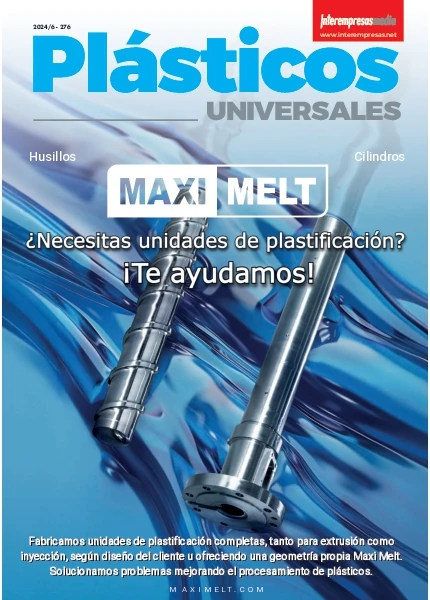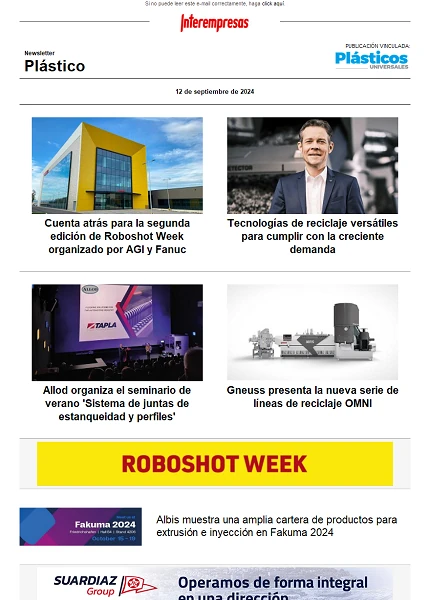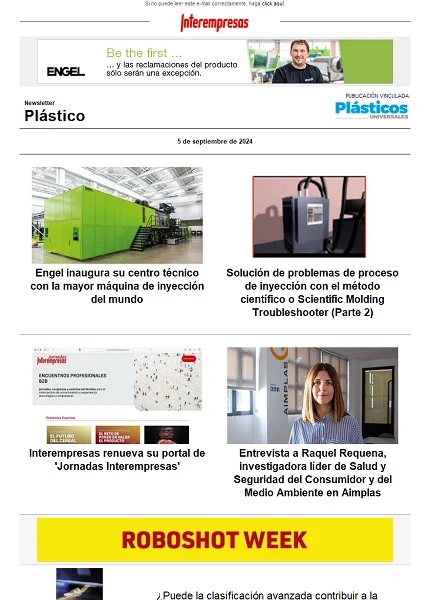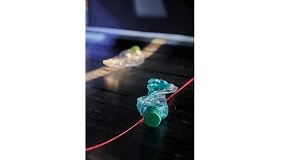Clay inspires the manufacture of superplásticos
on January 3, 2011
A substance made of natural clay, the same that is used to make ceramic vessels, is becoming the basis for a new generation of high strength fireproof plastic Nanocomposites. A group of scientists has theoretically and experimentally validated the first organic clay for use as a filler in plastics manufacturing. The material of low cost and that it can be produced on a large scale, is made with natural clay, making it safer and more environmentally friendly than chemicals currently used in the manufacture of plastics composite of high performance.
Miriam Rafailovich and other researchers of the Stony Brook University, USA, explain that the organoarcillas treated with Quaternary amine nanoparticles were the pioneers in the area, and marked the introduction of nanotechnology in the manufacture of plastics. Even small amounts of these substances make plastics to become resistant to fire, stronger and more resistant to UV light and chemicals. They also allow that plastics you can mix, creating previously unknown hybrid materials, from common plastics.
But deal with these nanoparticles is far from being simple. Quaternary amines organofílicas nanoparticles are difficult to produce because of health and environmental risks that lead partners. And they can only be produced in small quantities. These and other disadvantages, such as high costs, has restricted the use of these materials. The new organic clay nanoestructurada solves the problem of amines, replacing them by a so-called fire-retardant compound resorcinol diphenyl phosphate.
These organoarcillas are cheap, generate less dust, can be produced on a large scale and are thermostable at much higher temperatures (above 600 ° C). Clay was also higher in the applications of fire-resistant plastic. And, unlike the majority of organoarcillas-based Quaternary amines, new clay nanoparticles work well with styrene, a type of plastic used around the world. The new material has been patented, and the expectation is that it may give rise to a new generation of plastic Nanocomposites in the short term.


































